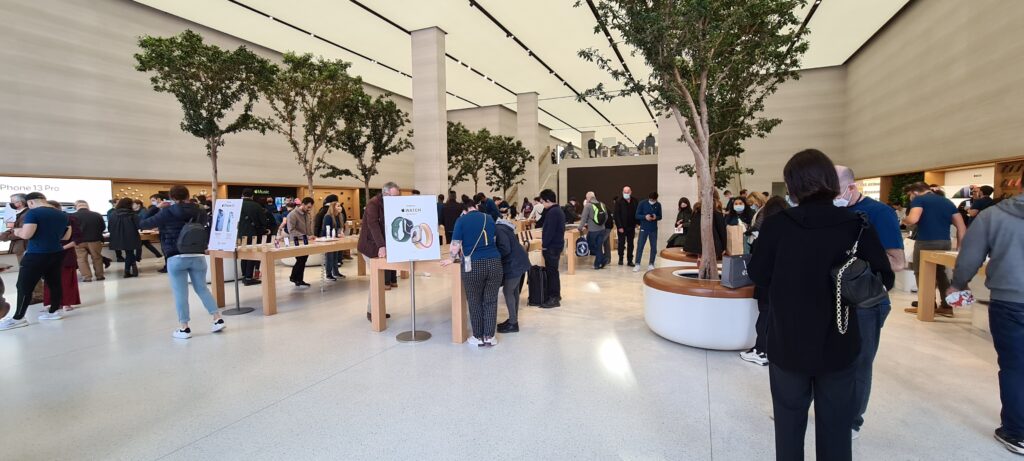When it comes to calculating your business expenses, there are a few things you need to take into account.
One of the most important aspects of this process is understanding how ‘special rate pools’ impact the calculation of capital allowances.
In this article, we will reveal everything you need to know about special rate pools and how they can benefit your business!
What are 'Pools' in Capital Allowances?
When it comes to capital allowances, there are a few different ‘pools’ that your business assets may fall into. The pool that your asset falls into is based on the percentage rate assigned to each purchase.
Once you know the percentage rate for each of your business purchases, you can then deduct these sums from your overall profit (before paying taxes).
Common Pool Types
The most common ‘pools’ that business assets fall into are the:
1. Main Pool : 18%
The Main Rate Pool is for general business expenses, such as office furniture, computers, and company cars.
Any ‘plant and machinery‘ you bought during the required tax year is covered by the main rate pool; unless it qualifies for a special rate pool or a single asset pool.
For example, if you consider the ‘plant and equipment’ purchases to be ‘short-life’ assets (more on that in a moment), they may be included in the single asset pool.
2. Special Rate Pool: 6%
By using the ‘special rate’ pool, you are able to claim a lower 6% on your purchases.
The following expenses qualifies for special rate pool:
- Building parts that are ‘Integral features’ of a building
- Thermal insulation of buildings
- Vehicles with CO2 emissions of more than 130g/km
- Assets with long life (items you can use for at least 25 years), and amounts to £100,000. If the value is less than £100,000, your long-life item should qualify for the ‘main rate pool’.
Apart from cars, you may take advantage of the annual investment allowance (AIA) on these goods. You can only claim the 6% writing down allowance on items that have already claimed AIA and are worth more than the AIA amount.
‘Integral features’ of a building include:
- Lifts, escalators, moving walkways
- Space and water heating systems
- Water heating systems
- Air-conditioning and air cooling systems
- Hot and cold water systems (but not toilet and kitchen facilities)
- Electrical systems including lighting
- External solar shading
Note that you cannot claim the 6% on the actual building. You can claim up to 3% of the money you spend on buying, constructing, or renovating certain non-residential buildings.
3. Single Asset Pool: 6-18%, depending on item.
The Single Asset Pool is for larger purchases, such as commercial property.
You might need to establish one or more distinct pools for single assets that have a brief lifespan (for assets you will not keep for a long period) or utilise outside of your business if you’re a sole trader or partner.
How Do I Know Which 'Pool' My Business Assets Fall Into?
The pool that your business asset falls into is based on the percentage rate assigned to each purchase. Once you know the percentage rate for each of your business purchases, you can then deduct these sums from your overall profit (before paying taxes).
To find out which pool your business asset falls into, consult us today.




